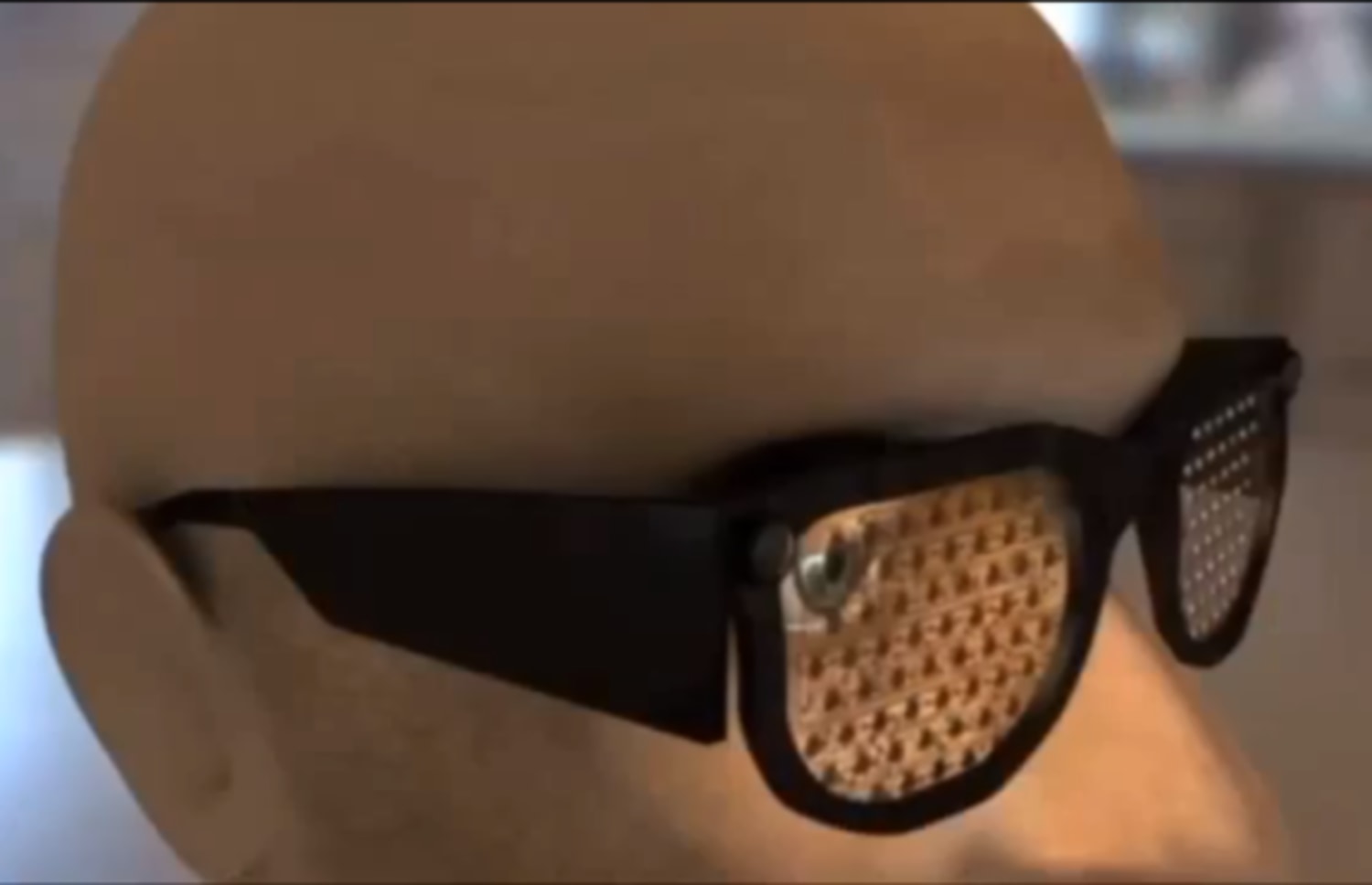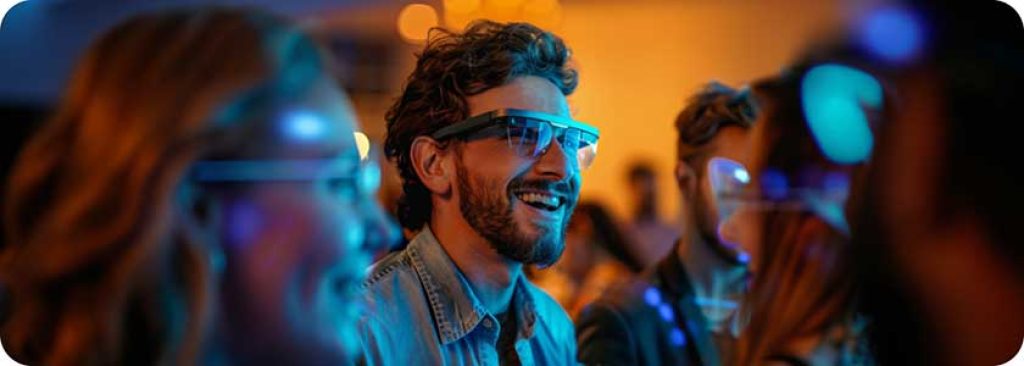Top Braille Displays and Notetakers to Enhance Accessibility for the Blind
Top Braille Displays and Notetakers to Enhance Accessibility for the Blind
Blog Article
Empowering Self-reliance With Assistive Innovation for the Blind
The combination of assistive innovation for people who are visually impaired or blind stands for a substantial innovation in promoting independence and improving lifestyle. With a series of tools-- from display viewers to ingenious tactile devices-- these modern technologies not only assist in navigation and communication yet likewise advertise social addition and participation in numerous aspects of life. As we explore the varied types of assistive tools and their real-world applications, it ends up being clear that the impact is extensive. The development of this technology elevates critical inquiries regarding ease of access and future developments that call for further assessment.
Comprehending Assistive Innovation
Although assistive modern technology has developed considerably for many years, its essential function stays the same: to enhance the high quality of life for people with disabilities, particularly those who are blind or aesthetically damaged. This modern technology incorporates a broad variety of devices and tools that assist in self-reliance and capability in day-to-day activities.
Assistive modern technology can be classified right into low-tech and high-tech services, each created to satisfy certain requirements. High-tech gadgets typically consist of software applications, specialized hardware, and flexible gadgets that use advanced technology to supply support in various contexts. Alternatively, low-tech solutions might entail daily products that are customized to improve accessibility, such as magnifiers or responsive pens.
The combination of assistive technology into the lives of individuals that are blind or visually impaired not only promotes freedom yet additionally promotes social inclusion and involvement in professional and instructional settings. By leveraging these innovations, users can navigate their environments, gain access to info, and communicate properly, thus improving their overall top quality of life. Understanding assistive innovation is crucial for advocates, caregivers, and professionals that aim to support individuals in maximizing their potential and accomplishing better self-reliance.
Types of Assistive Tools
Assistive tools for the blind and visually impaired are vital devices that boost daily living by resolving particular difficulties run into by customers. These devices can be broadly classified right into 3 main kinds: optical devices, digital devices, and sensory gadgets.

Sensory devices, such as Braille displays and responsive maps, give different ways to get info. Braille shows transform electronic message right into Braille, making it possible for users to go through touch. Responsive maps provide spatial understanding with elevated lines and textures, enabling better environmental recognition.
With each other, these assistive devices empower individuals with aesthetic problems to involve even more fully with their environments, advertising greater independence and confidence in everyday tasks.

Influence On Day-to-day Live
The combination of assistive technology right into the lives of individuals that are visually impaired or blind significantly improves their capacity to communicate and browse with the globe around them. Gadgets such as screen readers, Braille displays, and mobile applications facilitate access to information, enabling customers to involve with digital material, communicate effectively, and take care of everyday jobs independently.
Furthermore, modern technologies like clever glasses and navigating applications offer real-time assistance in strange settings, enhancing movement and confidence. These tools enable customers to recognize obstacles, reviewed indicators, and even identify faces, therefore promoting a sense of freedom in public areas. Additionally, home automation systems, which can be regulated with voice commands, permit people to handle their living atmospheres a lot more efficiently, enhancing convenience and safety and security.
The impact of assistive innovation expands beyond sensible jobs; it promotes social inclusion and psychological well-being. By linking the void between people and their environments, these innovations encourage individuals to take part totally in community tasks, go after educational opportunities, and participate in meaningful connections. Eventually, the advancement of assistive innovation is crucial in redefining the possibilities for people that are aesthetically damaged or blind, causing a much more easily accessible and inclusive society.
Success Stories and Testimonies

An additional effective testimony comes from Mark, a recent college grad who utilized display reading software application throughout his scholastic trip. This modern technology enabled him to access program materials and take part in conversations, read this post here ultimately causing his effective shift right into the workforce. Mark credit ratings assistive modern technology for encouraging him to achieve his profession objectives, stressing its role in leveling the playing area for individuals with visual problems.
Additionally, community facilities have actually reported raised participation in their programs many thanks to the intro of accessible digital systems. These platforms have actually made it simpler for individuals to link, share resources, and assistance each other. These success stories collectively emphasize the profound impact of assistive innovation in promoting self-reliance, improving lifestyle, and breaking down obstacles for the blind and visually impaired neighborhood.
Future Fads in Assistive Tech
Emerging modern technologies are poised to revolutionize the landscape of assistive tech for people who are blind or aesthetically impaired. Technologies in expert system (AI) and artificial intelligence are enhancing the capabilities of gadgets, allowing more user-friendly user experiences. AI-driven applications are significantly able to identify objects and read text aloud in real-time, offering customers with useful info about their environments.
In addition, innovations in wearable innovation are developing new chances for self-reliance. Smart glasses equipped with enhanced reality features can overlay important information onto the customer's field of view, promoting navigation and interaction with the setting. Furthermore, the assimilation of Net of Things (IoT) gadgets is simplifying accessibility in smart homes, allowing individuals to control appliances and get alerts with voice commands or responsive user interfaces.
The development of braille screens and responsive comments systems is additionally increasing, advertising access to digital material and improving interaction. As these innovations proceed to evolve, they assure to boost everyday living, educational possibilities, and employment prospects for individuals with aesthetic impairments. Constant collaboration between technologists, customers, and advocacy teams will be vital in making certain these innovations satisfy the requirements of the community properly.
Conclusion
In verdict, assistive modern technology plays an essential role in boosting the freedom of people who are blind or aesthetically impaired. find more By supplying necessary tools and sources, these technologies help with enhanced navigation, interaction, and accessibility to information, thereby promoting freedom and confidence. The transformative effect of assistive tools not just promotes efficient interaction with the setting but additionally urges social incorporation and participation in numerous elements of life, inevitably encouraging customers to grow within their areas.
The integration of assistive innovation for people who are aesthetically impaired or blind stands for a significant development in fostering self-reliance and enhancing high quality of life.The combination of assistive modern technology into the lives of individuals who are blind or visually impaired not only advertises autonomy but also cultivates social inclusion and engagement in educational and professional settings. Ultimately, the advancement of assistive modern technology is crucial in redefining the opportunities for individuals who are blind or visually damaged, leading to an extra easily accessible and comprehensive culture.
Many people who are blind or check my site visually damaged have actually shared inspiring success tales that highlight the transformative effect of assistive technology on their lives.In verdict, assistive innovation plays a crucial role in boosting the freedom of individuals who are aesthetically impaired or blind.
Report this page